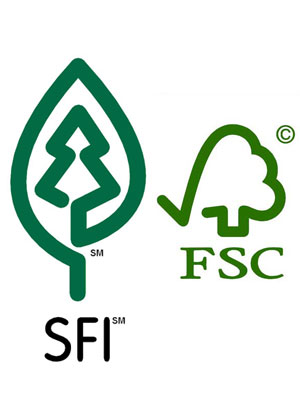This is it. My final post for COMM 296: Intro to Marketing. It’s time for some self-reflection.
The designated topic for this post is a reflection on the group project which ultimately involved creating a video. If I could go back in time, what would I have done better?
First of all, our newly formed group needed to pick a company to research and explore from a marketing perspective. We ended up choosing Tata Motors, as none of us were familiar with the company and we were intrigued by the Tata Nano, which some of us were introduced to in COMM 101.

For the first two parts of the assignment, I would’ve contributed more overall. Due to reasons such as conflicting schedules and procrastination, I could’ve put in more effort than I did. If I would be able to go back in time, I would visit the CLC and look for more resources regarding Tata and its target market with the Nano.
The final part of the project involved making a video. When the media expert from the CLC came to talk to us, just the thought of planning, filming, and editing sounded like a huge time and effort investment. Many ideas were thrown here and there throughout the whole process, taking lots of time and effort.
Now, the things that I personally could’ve done better for the video project. If I could go back in time, I would like to participate more in the editing process. I would help the team and learn about video editing using Premiere Pro along the way. I would also brainstorm more sketches for the drawing part, as well as contribute more towards the content of the voice-over script.
It’s always good to end on a positive note. I would say that I did a pretty good job coming up with the idea of drawing out our ideas instead of acting. I also contributed in recording the voice-over and some of the drawing. Overall, our group put in lots of effort and time, and the final product, our video, is the result of hard work and creativity. Good work, team!










